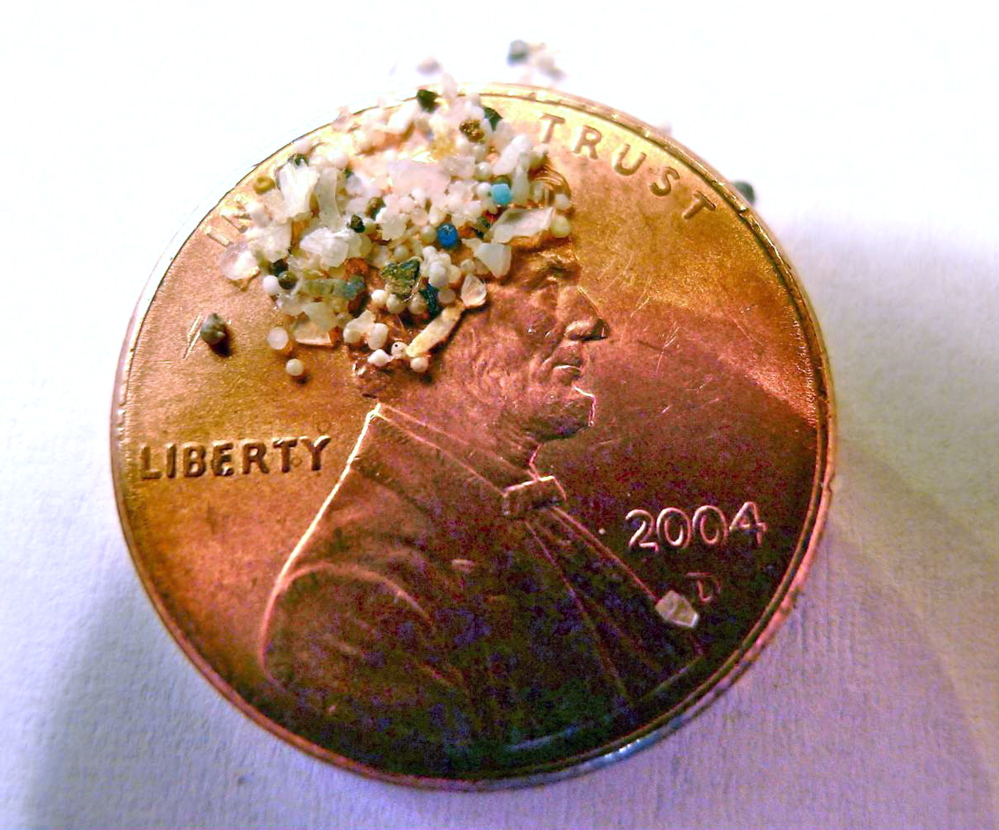TRENTON, N.J. — Microbeads, the tiny plastic balls added to body scrubs and toothpastes by such manufacturers as L’Oreal and Procter & Gamble, were marketed as the greatest beauty aid since cold cream. But now fish have a gut full, and some U.S. and state lawmakers want the ingredient banned.
Washed down bathroom drains, the abrasives evade treatment-plant filters and accumulate in waterways. Researchers who found microbeads of 1 millimeter – the width of a pencil tip – and smaller in the Great Lakes, the largest surface freshwater system in the world, fear they may introduce toxic chemicals to the food chain.
“The products look really attractive sitting on the store shelves,” said Sherri Mason, a chemistry professor at the State University of New York at Fredonia, who led the Great Lakes study. “Like many people, I assumed it was something that was biodegradable, something that would break apart.”
The New Jersey Assembly’s consumer affairs panel approved a bill unanimously today to make the state the second after Illinois to ban products containing the beads. Lawmakers in California, New York and Michigan have proposed similar measures, and Rep. Frank Pallone, D-N.J., is sponsoring legislation in Congress to end the sale or distribution of bead-containing products by 2018.
“I’m of the generation where our beaches were polluted,” New Jersey Assemblyman Patrick Diegnan Jr., a 65-year-old Democrat from South Plainfield who is sponsoring the measure, said by telephone on Sept. 16. “To a large extent they were polluted because of what we dumped” into the Atlantic Ocean.
Typically made of polypropylene or polyethylene – used in most plastic shopping bags – the beads were patented in 1972 and their use in consumer products exploded in the 1990s, according to a report by New York Attorney General Eric Schneiderman.
With potentially 19 tons of particles discharged into New York’s wastewater annually, traces are winding up in the digestive and circulatory systems of animals, including perch, and researchers around the world have detected them in marine mussels and shore crabs. Their synthetic molecules bind to chemicals to become “a pathway for pollutants to enter the food chain and contaminate the fish and wildlife we eat,” according to the report.
Send questions/comments to the editors.



Comments are no longer available on this story